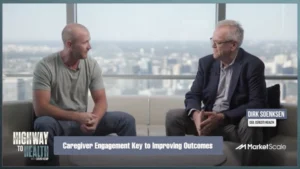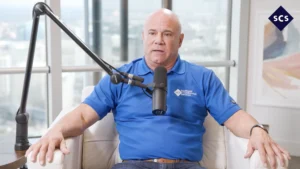Finding the Overtime Sweet Spot in Manufacturing
Is overtime a good thing or a bad thing for a workforce and their employer? In this episode of the AEC Podcast, host Shelby Skrhak sat down with two experts — Frank Pereira and Ken Litke — to better understand the ins and outs of overtime and discover its elusive sweet spot.
“Every plant has a different DNA for overtime, where some places despise it, and some places love it,” Litke said.
Litke is a retired supply chain and manufacturing VP who has lead operations for Diageo, Land O’Lakes, Miller Coors, and Pillsbury and has turned to Coleman Consulting for help with overtime issues. Pereira is a US Naval Academy Grad, Gulf War veteran, and UC Berkeley MBA who is managing partner of Coleman Consulting Group. He’s worked with numerous Global 1000 companies to help them solve scheduling and productivity issues.
 Pereira said overusing overtime can be a vicious cycle where employees come to rely on extra overtime income as almost an “addiction” but risk burning out employees because of long hours and unpredictable schedules.
Pereira said overusing overtime can be a vicious cycle where employees come to rely on extra overtime income as almost an “addiction” but risk burning out employees because of long hours and unpredictable schedules.
But when used correctly, overtime is essential to a productive, optimally-functioning shift. “Overtime is your best way to match your workforce to your workload,” Pereira said.
The key is using data to discover where the optimal balance is, they both said. On this episode, Pereira and Litke discussed how they found the overtime “sweet spot” at MillerCoors, the importance of ascertaining an individual’s tolerance for overtime, and dispel the notion that no overtime is good for business.
For the latest news, videos, and podcasts in the AEC Industry, be sure to subscribe to our industry publication.
Follow us on social media for the latest updates in B2B!
Twitter – @AECMKSL
Facebook – facebook.com/marketscale
LinkedIn – linkedin.com/company/marketscale









